Watch out for these bugs once you start venturing out in the warmer weather
Our editors and experts handpick every product we feature. We may earn a commission from your purchases.Learn more.
Watch out for these bugs once you start venturing out in the warmer weather
Our editors and experts handpick every product we feature. We may earn a commission from your purchases.Learn more.
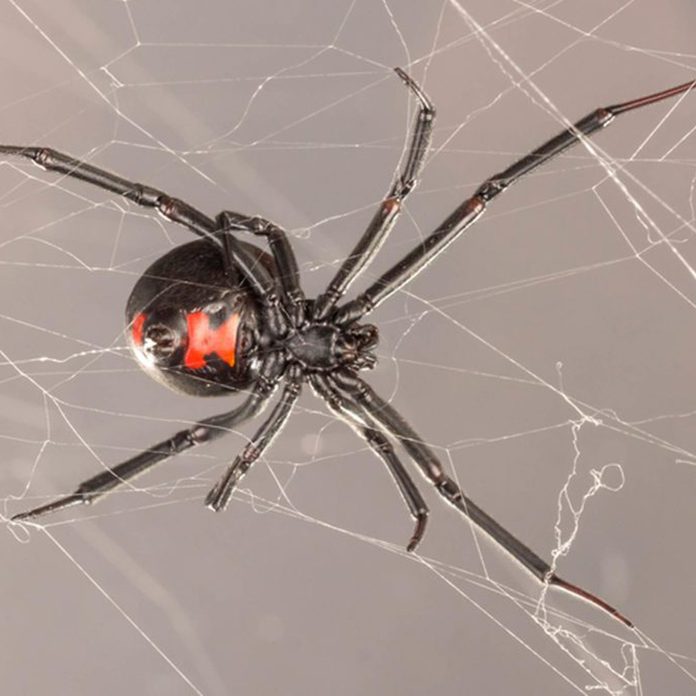
Roughly the size of a paper clip and with most dangerous venom 15 times stronger than a rattlesnake’s, this black spider can be spotted by the red markings on its belly. The red markings are in the shape of an hourglass. Black Widow spiders can live for 1-3 years in the wild and are often found alone. Try taking these steps to control bugs around your home.
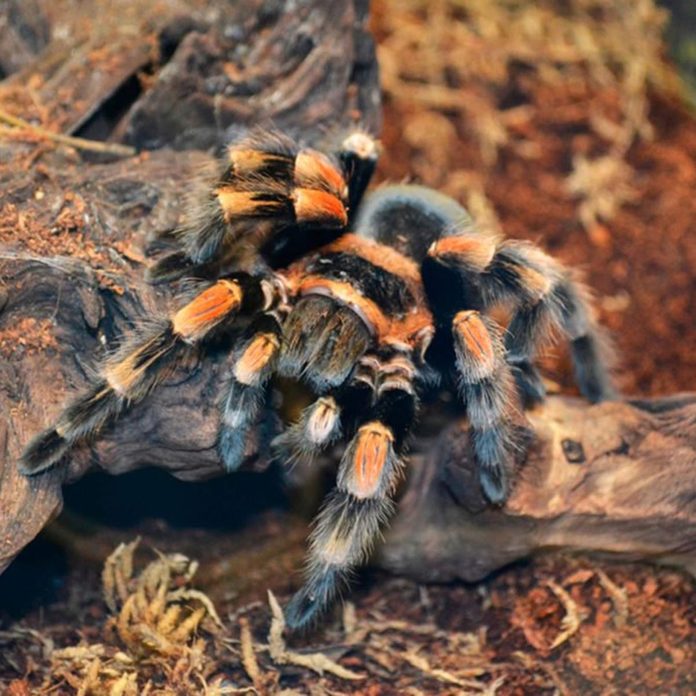
With a lifespan of nearly 30 years Tarantula spiders can grow to nearly the size of a personal pizza. Most dangerous Tarantulas are afraid of large predators (like humans) but if provoked – watch out! Though their venom isn’t deadly, it’s not pleasant and can cause rashes and pain at the biting point. Save some money with these DIY pest control strategies.
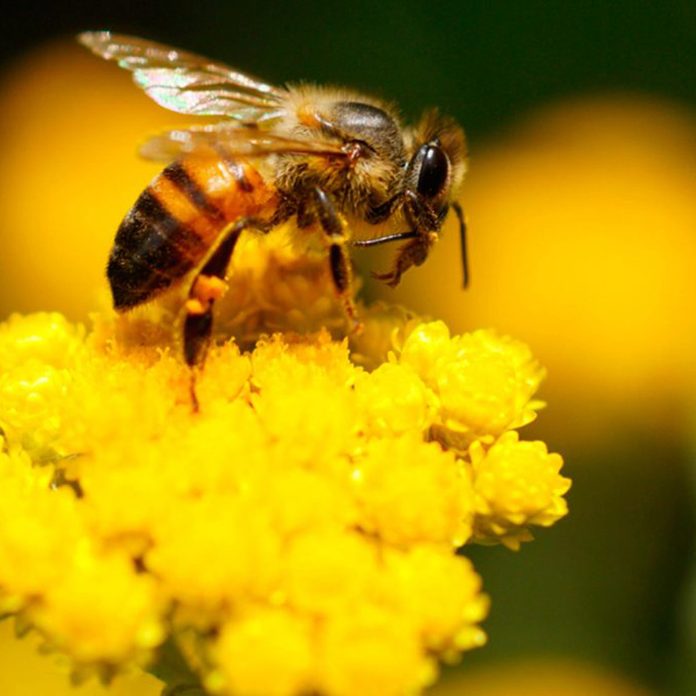
Mostly found in the Southern and Southwestern portions of the United States, Africanized Honeybees often travel in swarms to find a new hive. Most do not randomly attacked people or animals unless they feel that their new hive is in danger. If you see a swarm of bees or are near a hive, it’s important to move away from the area quickly. Keep bugs at bay from your pets, plants and yard with First Saturday Lime.

Throughout the world, more people are killed by mosquito-borne illness than any other factor. In the United States, mosquitoes can spread different types of encephalitis and can transmit heartworms to domestic animals like dogs and cats.
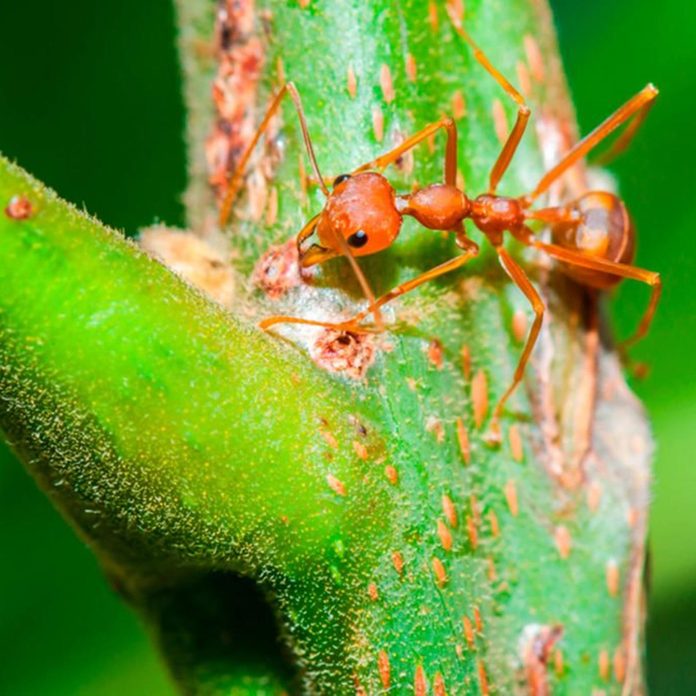
About 1/2-in. long and brought accidentally by ship from South America, the Red Fire Ant is a robust type of ant that can sting. Found on golf courses, at picnic grounds, and at playgrounds, Red Fire Ants are very common. How to kick ants to the curb.
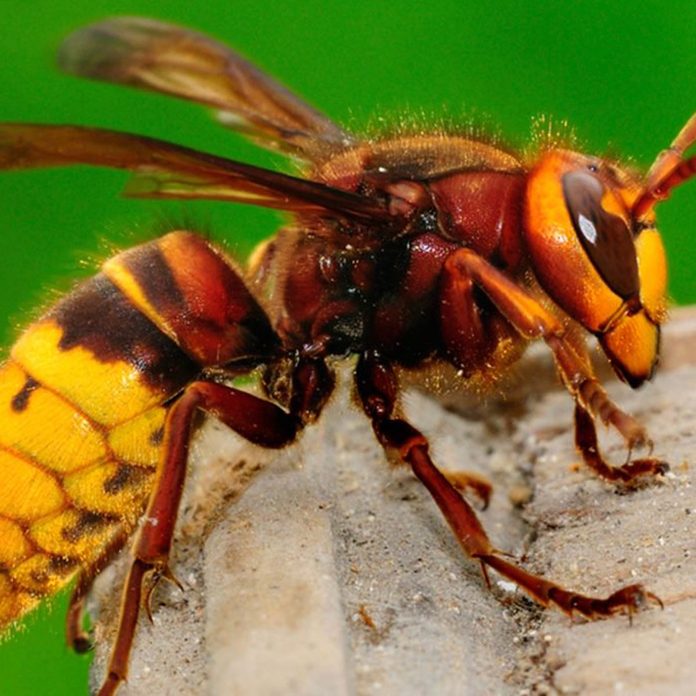
Wasps usually have a slender, shiny body but they can often look like Honeybees. Unlike Honeybees, when wasps sting their victim they do not lose their stinger, allowing them to sting their victim repeatedly. Here’s how to identify the differences between wasps and bees.
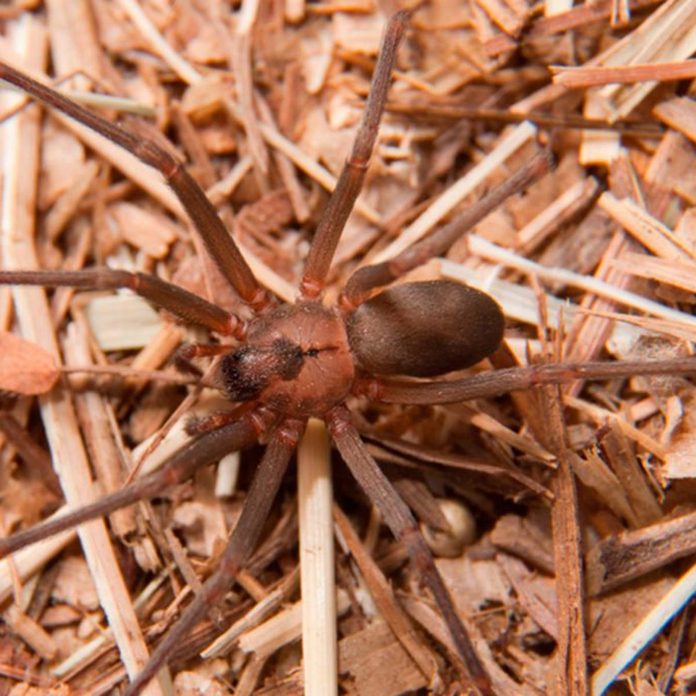
Native to the Midwestern and Southern United States, Brown Recluse Spiders can be deadly to children under the age of 7. Displaying a violin-like shape on their back, these spiders can range in color from brownish-tan to yellow-tan. Most dangerous Brown Recluse Spiders only bite when provoked.
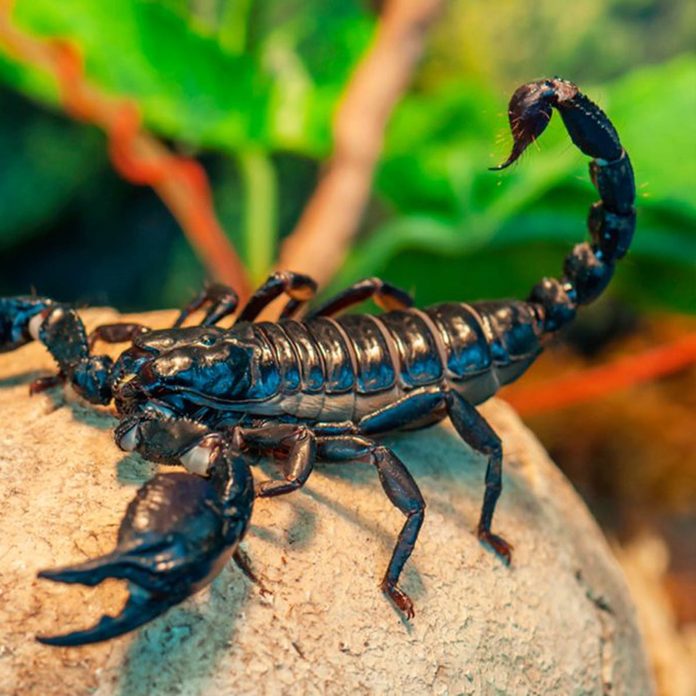
With a crab-like appearance, scorpions are predatory and often come out at night. Scorpions like warm, dry climates and are often found in deserts. Take precautions when hiking and camping by keeping shoes, blankets, and towels secured indoors. Stings can feel much like a Honeybee sting with mild swelling or a rash, or may be more serious.
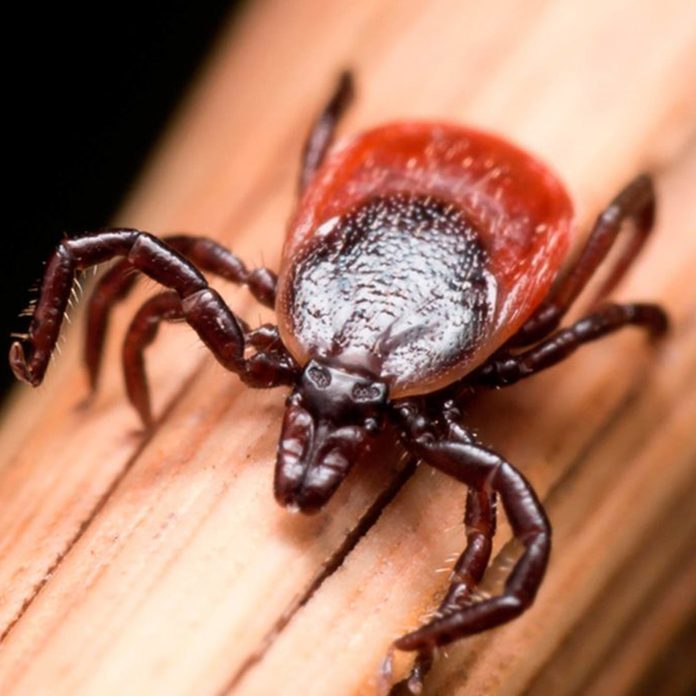
Ticks can be very tiny and some can also carry Lyme disease. Prevalent throughout North America, ticks can attach themselves to exposed skin. After time spent outdoors, it’s important to do a full body check for ticks and to remove any ticks immediately. Removal of a Lyme disease-carrying Deer Tick within 36 hours can reduce your risk of getting the disease. Here is how to effectively protect yourself from ticks.
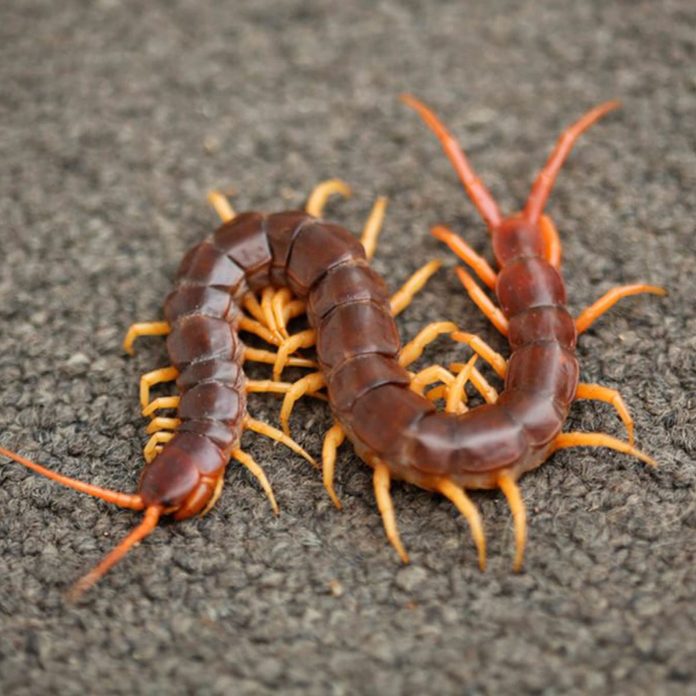
Though not poisonous, Millipedes carry venom that can cause an allergic reaction in some people. Centipedes also carry venom that is not deadly but can be toxic to people who are allergic to other types of insect venoms. Both centipedes and millipedes are worm-like creatures.